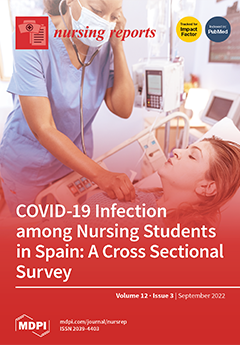Background: Simulation-based education (SBE) provides a safe, effective, and stimulating environment for training medical and healthcare students. This is especially valuable for skills that cannot be practiced on real patients due to ethical and practical reasons. We aimed to assess medical students’ attitude, perception, and experience of simulation-based medical education in Saudi Arabia.
Method: A validated cross-sectional survey, using the KidSIM scale, was conducted to measure the level of perception and experience of students from different health sciences specialties toward integrating simulation as an educational tool. Participants responded to questions investigated the importance of simulation, opportunities for Inter-Professional Education (IPE), communication, roles and responsibilities, and situation awareness. Only students with previous experience of SBE were considered for participation.
Result: This survey was completed by 246 participants, of whom 165 (67%) were male students and 228 (93%) were aged between the range of 18–30 years old. Of the respondents, 104 (67%) were respiratory care students, 90 (37%) were anesthesia technology students, and 45 (18%) were nursing students. Most of the participants had previous experience in IPE simulation activities (84%), and more than half of the students (54%) had a grade point average (GPA) ranging between 5.00 and 4.50. Overall, students had positive attitudes toward and beliefs about SBE, with a mean score of 129.76 ± 14.27, on the KidSIM scale, out of 150. Students’ GPA was significantly associated with a better perception to the relevance of simulation (
p = 0.005), communication (
p = 0.003), roles and responsibilities (
p = 0.04), and situation awareness (
p = 0.009). GPA is merely the sole predictor for positive attitude toward simulation with coefficient Beta value of 4.285 (
p = 0.001). There were no significant correlations between other students’ characteristic variables (gender, specialty, study year, experience in IPE, and prior critical care experience).
Conclusion: We found that health sciences students’ perception of SBE in Saudi Arabia is generally positive, and students’ performance is a significant determinant of the positive perception.
Full article






